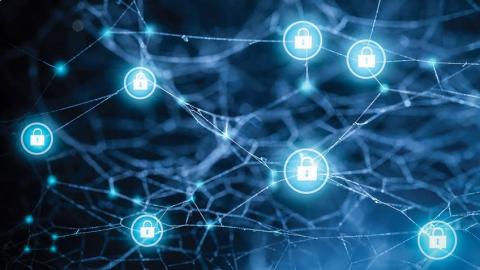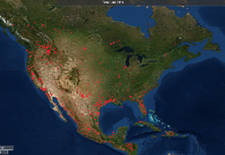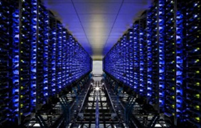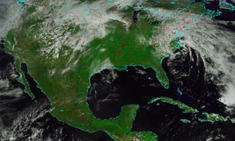
As cybersecurity threats increase, Government organizations are expanding their efforts to secure IT assets, protect the integrity of data and systems, and identify, prevent, and respond to cybersecurity threats. GST partners with its federal, state, and county government customers to meet their security goals so they can keep their assets protected and mission on track.
Our experienced cybersecurity team members have industry-standard training and certifications and real-world experience tackling security challenges for customers with limited resources. Through careful assessment of each customer’s IT threats, mission priorities, and logistical constraints, GST has been able to maintain the security of its customers’ systems and networks while staying within cost and schedule targets and keeping the customers’ mission at the forefront.
Since 1998, GST has provided network management and security support for facilities across all 75% of West Virginia counties. We manage routers, switches, wireless systems, and a variety of firewall appliances for more than 1,500 users. GST also manages County and Courthouse Network Attached Storage and Storage Area Network solutions, VMWare environments, servers, desktops, printers, and a variety of mobile devices and smart phones functioning within the state/county network. GST works with County and Municipal Government organizations to comply with the National Institute of Standards and Technology (NIST) Cybersecurity framework. GST also works with the West Virginia Association of Public Safety Officials to incorporate county government entities into the Multi-state Information Sharing & Analysis Center (MS-ISAC) program. MS-ISAC improves the cybersecurity posture of its member entities through resource and information sharing that provides the most up-to-date information to prepare for and respond to cyberattacks.
GST implemented a comprehensive IT security program for NOAA’s enterprise environmental data system CLASS. Our IT security experts participated throughout the lifecycle of hardware and software changes and upgrades, deploying procedures for security monitoring, event detection and response, security reporting, timely closure of Plans of Action and Milestones, and provision of Cyber Security Assessment and Management artifacts. IT security procedures included:
- Monthly CLASS system-wide scanning
- Periodic security tests and evaluations to ensure technical security controls are in place and functioning
- Regular risks analysis and self-assessments
- Proactive and on-time security patching
- Role-based security training for CLASS team members
- Review and update of policies and guidelines
Our full-lifecycle approach to personnel, facility, and IT security ensured that CLASS had a robust system security posture.
For NASA’s peer review system NRESS, GST SMEs develop, implement, and maintain system security and contingency plans in accordance with NASA Procedural Requirement 2810A and NIST SP 800-53. They apply malicious code controls, including antivirus software, anti-spam software, anti-spyware technology, and network-based intrusion prevention systems, and execute incremental and full data and system backups on a daily and weekly basis.










